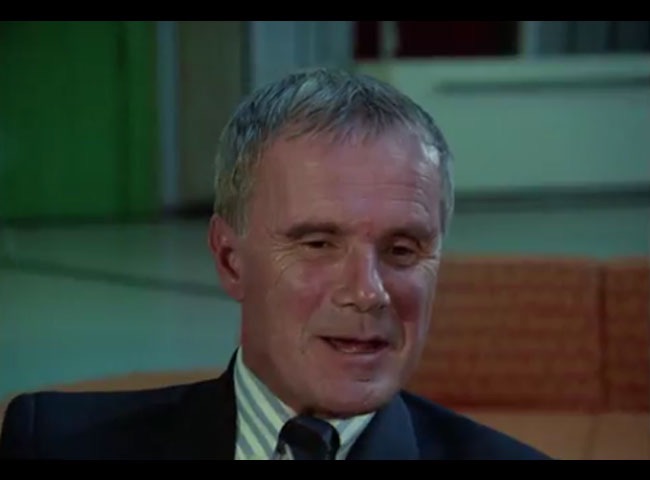Pierre Schoendoerffer, la peine des hommes
-
Réalisé par Laurent Roth • Écrit par Laurent Roth
-
France • 2018 • 58 minutes • Couleur et Noir & Blanc
- Réalisation :
Laurent Roth - Écriture :
Laurent Roth - Montage :
Gaël Rougeron
- Production (structure) :
ECPAD - Établissement de communication et de production audiovisuelle de la Défense - Ayant droit :
ECPAD - Établissement de communication et de production audiovisuelle de la Défense
- N° ISAN :
non renseigné
Résumé
Dans Les Yeux brûlés, tourné en 1986, Laurent Roth révélait l'aventure humaine de six anciens reporters de guerre conversant avec l'actrice Mireille Perrier, venue "récupérer" à l'aéroport de Roissy la cantine militaire de Jean Péraud, photographe disparu dans le bourbier indochinois et frère d'armes de Pierre Schoendoerffer, qui a filmé ce lieu où "les femmes ont donné les noms des collines sur lesquelles des soldats ont versé leur sang". L'agonie de Diên Biên Phu, poursuit Roth dans Pierre Schoendoerffer, la peine des hommes, "fut un long chapelet de noms féminins". L'on ne sait si, inconsciemment, le cinéaste questionné par Perrier, avait cela en tête, en s'adressant à elle avec distance, voire une hostilité à peine voilée. Dans ce qu'il nomme un "document", Roth remet en scène l'intégralité des rushs sonores enregistrés avec le réalisateur de la 317e Section avec des images travaillées au ralenti – quand elles étaient manquantes – et synchrones. Et l'objet qui en surgit tient d'une stase – au sens physiologique – qui vient questionner l'art viril de la guerre comme sa part d'ombre, incommunicable.
(Emmanuel Chicon - Visions du Réel)
In Les Yeux brûlés, shot in 1986, Laurent Roth revealed the human adventure of six former war reporters conversing with the actor Mireille Perrier. She was at Roissy Aiport to “retrieve” the military canteen of Jean Péraud, a photographer killed in the quagmire of Indochina and brother-in-arms of Pierre Schoendoerffer, who filmed this place where “the women gave names to the hills on which the soldiers spilled their blood.” The agony of Bien Bien Phu, continues Roth in Pierre Schoendoerffer, la peine des hommes, “was a long string of female names.” We do not know if the filmmaker interviewed by Perrier had that in mind, unconsciously, when speaking to her with distance, indeed with barely veiled hostility. In what he calls a “document”, Roth restages the entirety of the sound rushes recorded with the director of La 317e Section both with images worked in slow motion—when they were missing—and synchronous images. And the resulting film derives from a stasis—in the physiological sense—that comes to question both the virile art of war and its incommunicable dark side.
(Emmanuel Chicon)
Mot(s)-clé(s) thématique(s)
Sélections et distinctions
- 2018 • Visions du Réel • Nyon (Suisse) • Compétition Burning Lights
Comment avoir accès au film ?
-
Édition DVD
- Il n'existe pas d'édition DVD à notre connaissance
-
Accès VOD
- Il n'existe pas d'accès en VOD à notre connaissance
- Distribution
- Aide sur les moyens d'accéder à un film
